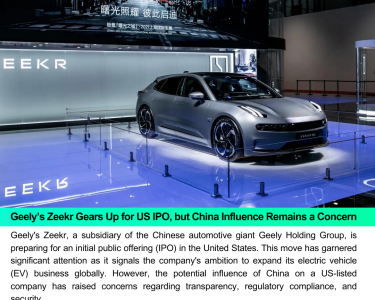
Maxim, a ride-hailing and on-demand delivery service, is gearing up to challenge established players like Grab and Gojek in the Indonesian market by offering more affordable transportation options. This move is part of Maxim’s broader strategy to gain a foothold in the competitive Southeast Asian ride-hailing sector.
Key Highlights of Maxim’s Expansion Strategy:
- Affordable Pricing: Maxim is focusing on affordability to attract price-conscious riders. The company aims to offer competitive fares that make it an attractive option for daily commuters.
- Local Partnerships: To compete effectively in Indonesia, Maxim is forming strategic partnerships with local businesses and transport operators. These partnerships can provide access to a broader customer base and improve the availability of rides.
- Expansion Beyond Jakarta: While Jakarta is a significant market, Maxim is looking to expand its services to other major cities in Indonesia. This broader geographic presence can help the company tap into a larger user base.
- Driver Incentives: Maxim plans to offer drivers competitive incentives to attract and retain them on the platform. Ensuring a sufficient number of drivers is critical for providing reliable service.
- In-App Features: Maxim is enhancing its app with user-friendly features, such as a seamless booking experience, real-time tracking, and convenient payment options. User experience improvements can help the company stand out in a crowded market.
- Customer Loyalty: Building customer loyalty through rewards, promotions, and excellent customer service is a key strategy for Maxim. Repeat business is crucial for long-term success.
The Competitive Landscape:
Indonesia’s ride-hailing sector is highly competitive, with Grab and Gojek dominating the market. These companies offer a wide range of services beyond ride-hailing, including food delivery, digital payments, and more. Maxim’s entry into this market means it will be competing against well-established brands with a strong presence.
Challenges and Considerations:
Maxim faces several challenges in its quest to challenge Grab and Gojek:
- Established Competitors: Grab and Gojek have a significant head start and a loyal customer base. Competing against them requires a well-thought-out strategy.
- Regulatory Environment: Ride-hailing companies often face regulatory challenges in various markets. Navigating Indonesia’s regulatory landscape will be crucial for Maxim’s success.
- Driver Recruitment: Ensuring an adequate supply of drivers, especially in regions outside Jakarta, can be a logistical challenge.
- Customer Trust: Building trust among customers is essential. Maxim will need to assure riders of its safety and reliability.
The Future of Ride-Hailing in Southeast Asia:
The ride-hailing industry in Southeast Asia is dynamic and evolving. While Grab and Gojek have established dominance, there is room for competition, especially when new entrants focus on specific niches or markets. Maxim’s emphasis on affordability and localized partnerships could be its path to success.
Conclusion:
Maxim’s entry into the Indonesian ride-hailing market represents a significant development in the Southeast Asian transportation sector. While challenges exist in competing against established giants like Grab and Gojek, Maxim’s strategy of offering affordable rides and forming local partnerships could position it as a viable alternative for price-conscious commuters in Indonesia. The success of this expansion will depend on effective execution and the company’s ability to meet the unique demands of the Indonesian market.




